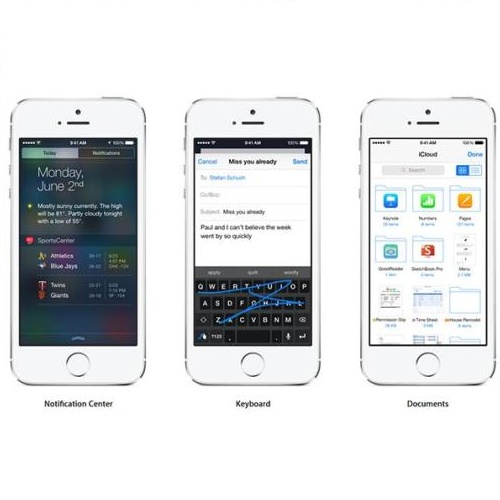For many households, investing for retirement is one of the most significant decisions and is fraught with uncertainty. In a classic study in behavioral economics, Benartzi and Thaler (1999) found evidence using bar charts that investors exhibit myopic loss aversion in retirement decisions: Investors overly focus on the potential for short-term losses, leading them to invest less in riskier assets and miss out on higher long-term returns. Recently, advances in uncertainty visualizations have shown improvements in decision-making under uncertainty in a variety of tasks. In this paper, we conduct a controlled and incentivized crowdsourced experiment replicating Benartzi and Thaler (1999) and extending it to measure the effect of different uncertainty representations on myopic loss aversion. Consistent with the original study, we find evidence of myopic loss aversion with bar charts and find that participants make better investment decisions with longer evaluation periods. We also find that common uncertainty representations such as interval plots and bar charts achieve the highest mean expected returns while other uncertainty visualizations lead to poorer long-term performance and strong effects on the equity premium. Qualitative feedback further suggests that different uncertainty representations lead to visual reasoning heuristics that can either mitigate or encourage a focus on potential short-term losses. We discuss implications of our results on using uncertainty visualizations for retirement decisions in practice and possible extensions for future work.
翻译:对于许多家庭来说,退休投资是最重要的决定之一,充满了不确定性。在行为经济学的经典研究中,Benartzi和Thaler(1999年)发现一些证据,表明投资者在退休决定中表现出对短视损失的厌恶:投资者过度关注短期损失的可能性,导致他们较少投资于风险较大的资产,错失了更高的长期回报。最近,不确定性的可视化的进展表明,在各种任务不确定的情况下,决策的改进是不可避免的。在本文中,我们进行了受控和激励的多方源实验,复制Benartzi和Taler(1999年),并扩大了这一试验的范围,以衡量不同不确定性对短视损失的反感。与最初的研究一致,我们发现存在对短期损失的过度关注,发现参与者在较长的评估期间作出更好的投资决定。我们还发现,诸如间距图和条形图等常见的不确定性表现在各种任务不确定的情况下取得了最高的预期回报,而其他不确定性的可导致较穷的长期业绩和对股价的强烈影响。定性反馈短,进一步表明不同不确定性的不确定性的表述会影响,或者用纸质推论的眼光推论,从而推论未来的结果。
相关内容
- Today (iOS and OS X): widgets for the Today view of Notification Center
- Share (iOS and OS X): post content to web services or share content with others
- Actions (iOS and OS X): app extensions to view or manipulate inside another app
- Photo Editing (iOS): edit a photo or video in Apple's Photos app with extensions from a third-party apps
- Finder Sync (OS X): remote file storage in the Finder with support for Finder content annotation
- Storage Provider (iOS): an interface between files inside an app and other apps on a user's device
- Custom Keyboard (iOS): system-wide alternative keyboards
Source: iOS 8 Extensions: Apple’s Plan for a Powerful App Ecosystem



